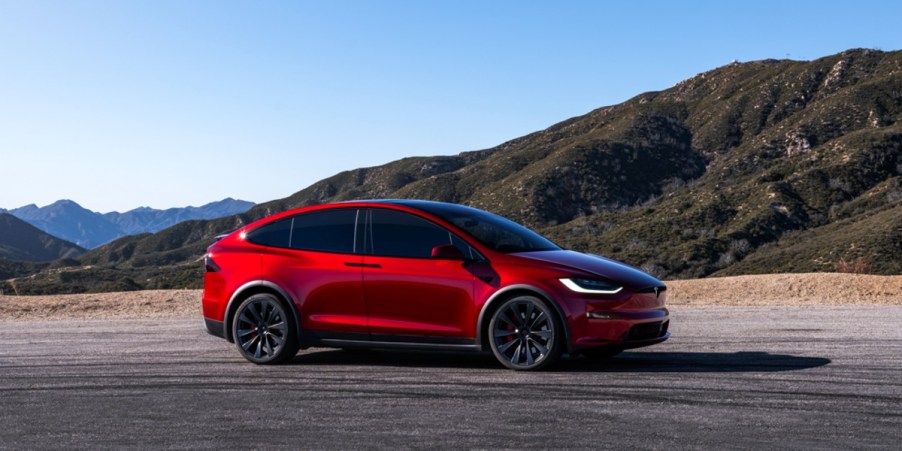
What Is Tesla Hiding by Not Giving J.D. Power Ownership Information?
With J.D. Power’s ownership information, interested buyers can make confident decisions regarding their next new vehicle purchases. In the Premium auto brand category, Tesla is actually rated higher than fierce competitors like Cadillac and Mercedes-Benz. However, there’s one reason why you’ll never see a Tesla win a J.D. Power award.
J.D. Power lacks some critical data on Tesla
Tesla currently bars J.D. Power from gathering all available owner information. Without sufficient details from actual drivers, J.D. Power can’t accurately assess a Tesla’s quality and owner satisfaction compared to its peers. Tesla’s reliability ratings, dealership experiences, or resale values also can’t be confirmed.
Tesla satisfaction is decreasing
Tesla owners interviewed by J.D. Power reveal that they’re more dissatisfied with their cars than ever. Tesla has had no shortage of quality control issues over the years, from misaligned door panels to self-driving software that could land you in an accident. One mechanic even discovered extensive damage to a Model 3’s underside, which appeared to be there since before the vehicle was delivered.
Even a quick drive around town can be a hassle for Tesla owners. The factory-installed ball joints often create a soundtrack of clunks around every turn. A phantom braking phenomenon causes a Tesla’s forward-collision system to activate for no reason. A Tesla’s range estimates can also drop significantly in colder temperatures, though this is more of an EV issue rather than a Tesla-specific one.
Tesla cars utilize a lot of built-in technology, an aspect that has seen the biggest decrease in owner satisfaction across the industry. Tesla’s infotainment interface might prove even more difficult to use without support for Android or Apple smartphones.
Tesla also popularized the trend of having exclusively touch-operated controls operated through a large screen. While impressive to behold, it creates a big learning curve for drivers accustomed to physical tuning knobs.
Why are people still buying Teslas?
Despite J.D. Power findings, most of Tesla’s cars have extremely competitive sales figures. In the first quarter of this year, the Tesla Model Y managed to outsell the Toyota RAV4. This is very impressive considering that the RAV4 is cheaper.
While the state of EV charging infrastructure has rapidly progressed over the years, it can be near impossible to find fast-charging solutions in rural areas. Many people still prefer internal-combustion engine (ICE) cars because they’re cheaper and gas is easily accessible no matter where you live.
However, Tesla disputes the common belief that EVs can’t be affordable. Despite its status as a luxury EV, a new Model 3 can be had for less than $30,000. Even the Long Range model promising 333 miles of range is quite a bargain at $36,740. A base Model Y SUV is even cheaper, starting at $32,890. The Model 3 is about 55% less popular than the Model Y, but even that car moved nearly 59,000 units in Q2 2023.
In addition to their impressive range estimates, many consumers are probably drawn to Tesla cars for their sporty capabilities. The Model S is a powerful beast with up to 1,020 hp on tap and a blistering 0-60 time of 1.9 seconds. Most of the other Performance models will get you to highway speeds between 3-4 seconds.
We also can’t forget that Tesla cars initially dominated the EV scene, which is another key factor to the brand’s overall success. Thanks to the early association between the brand and segment, many first-time EV buyers still go to Tesla first.
If Tesla is trying to hide the flaws of its vehicles, it hasn’t done a great job so far. Disappointed drivers are very vocal about their complaints, even banding together to file multiple class-action lawsuits. Despite all the bad press surrounding the company, hundreds and thousands of Tesla cars continue to be sold each year.


